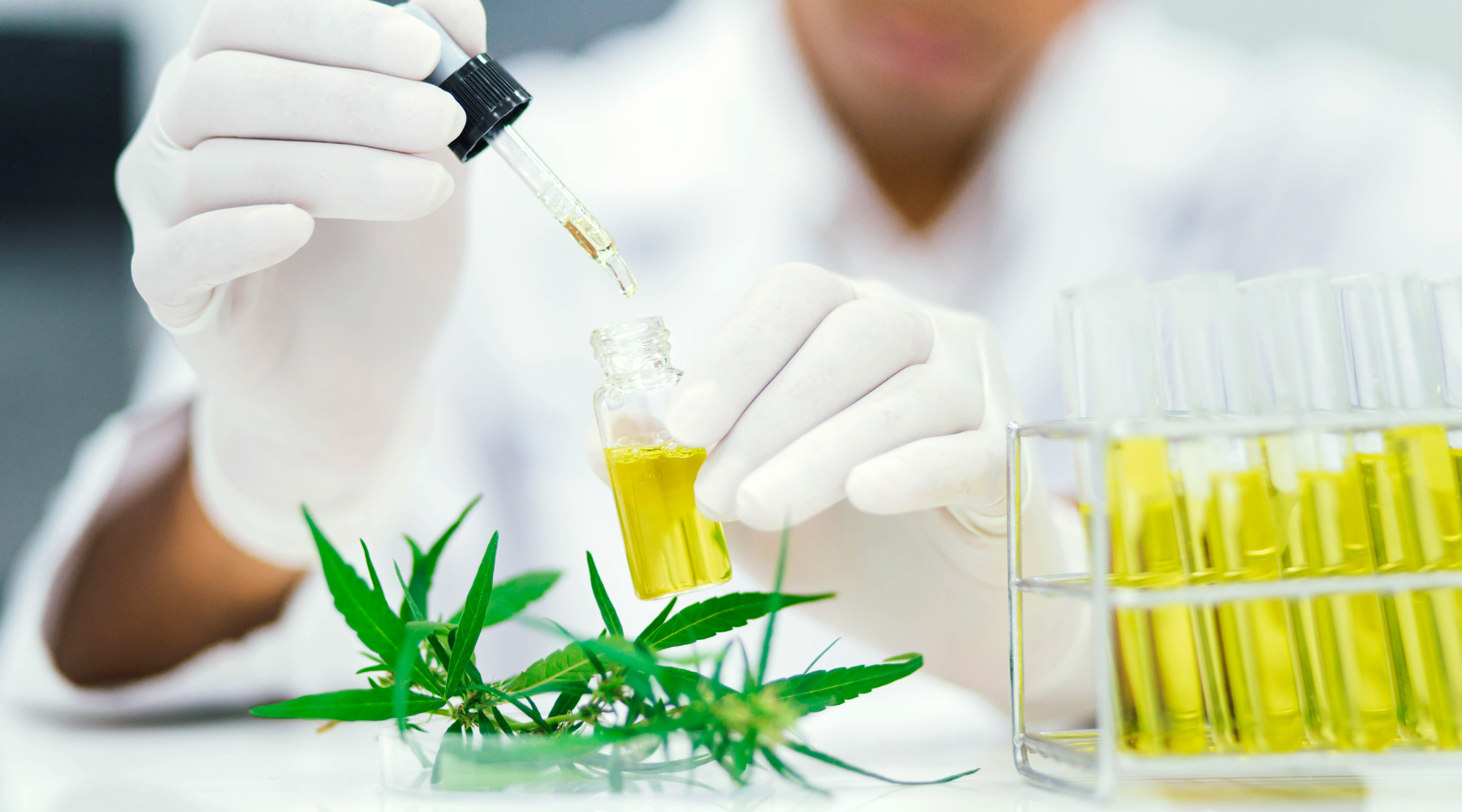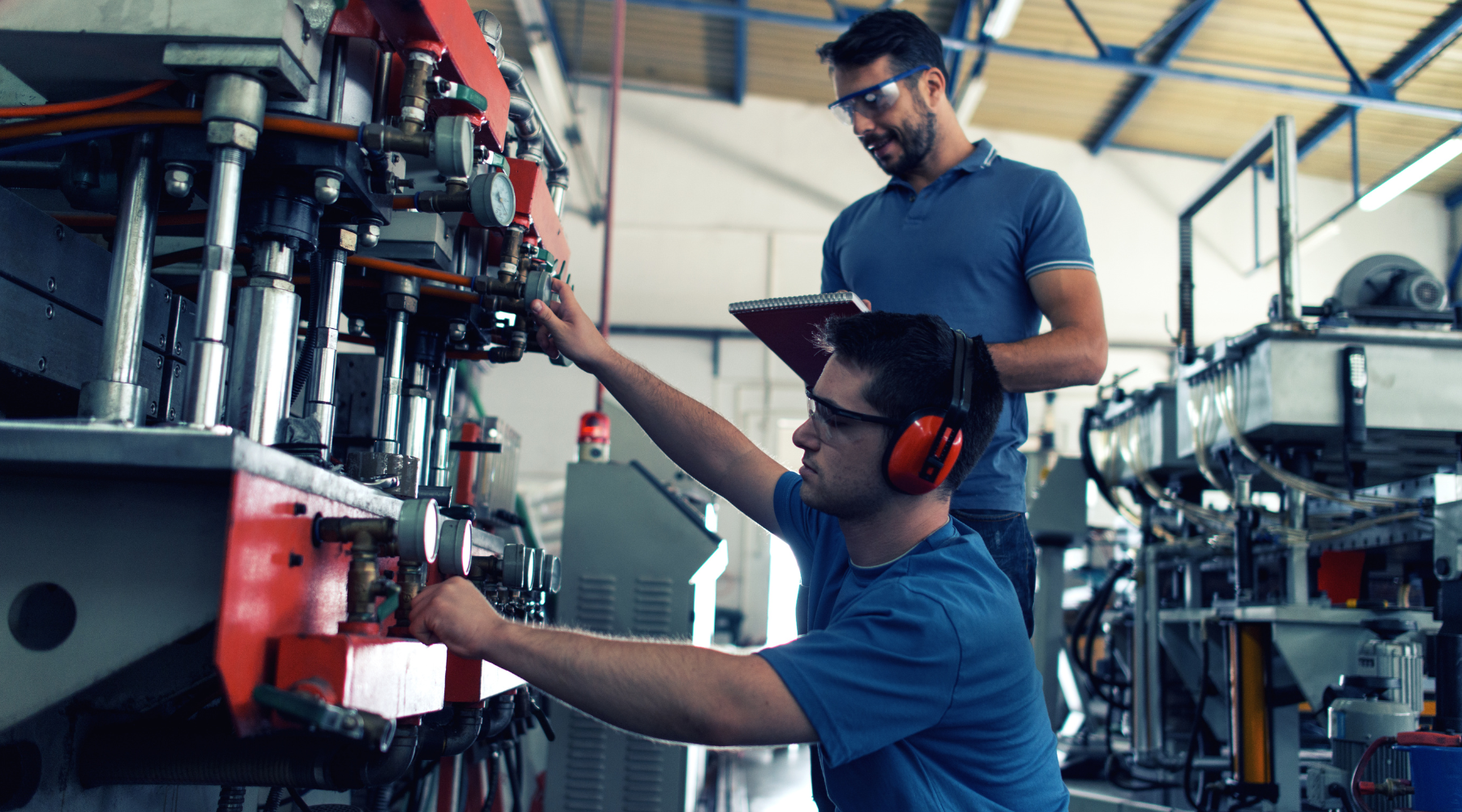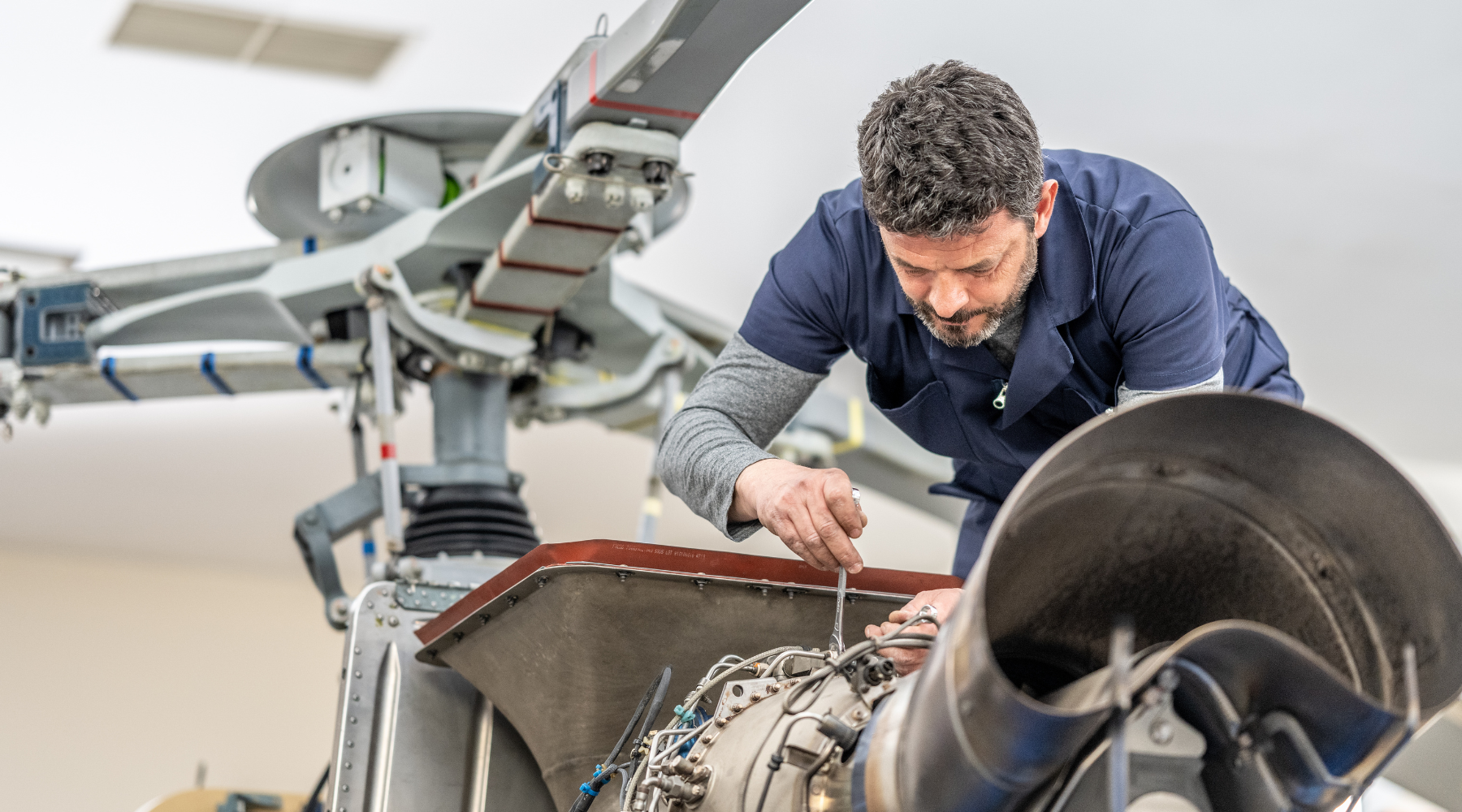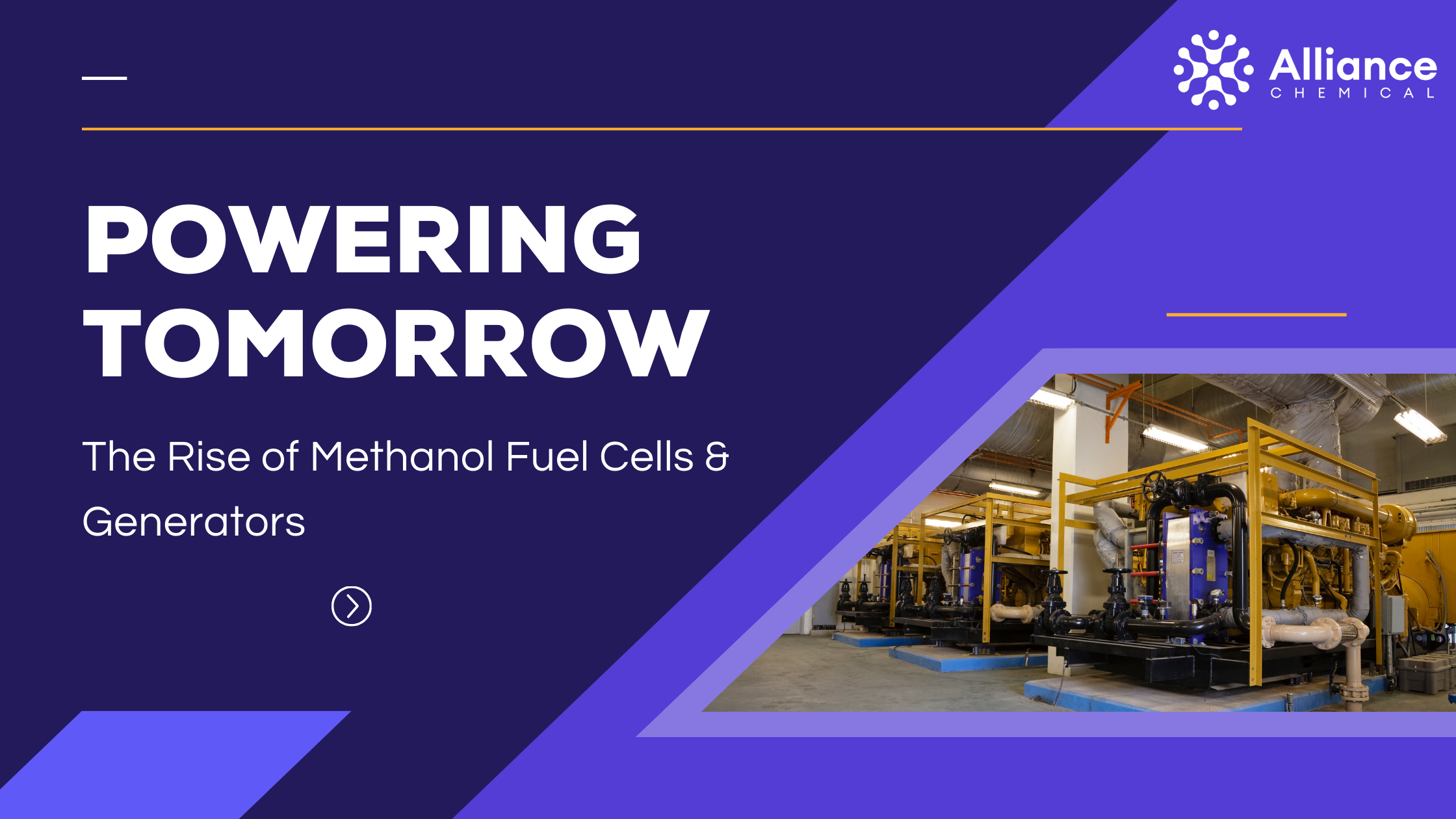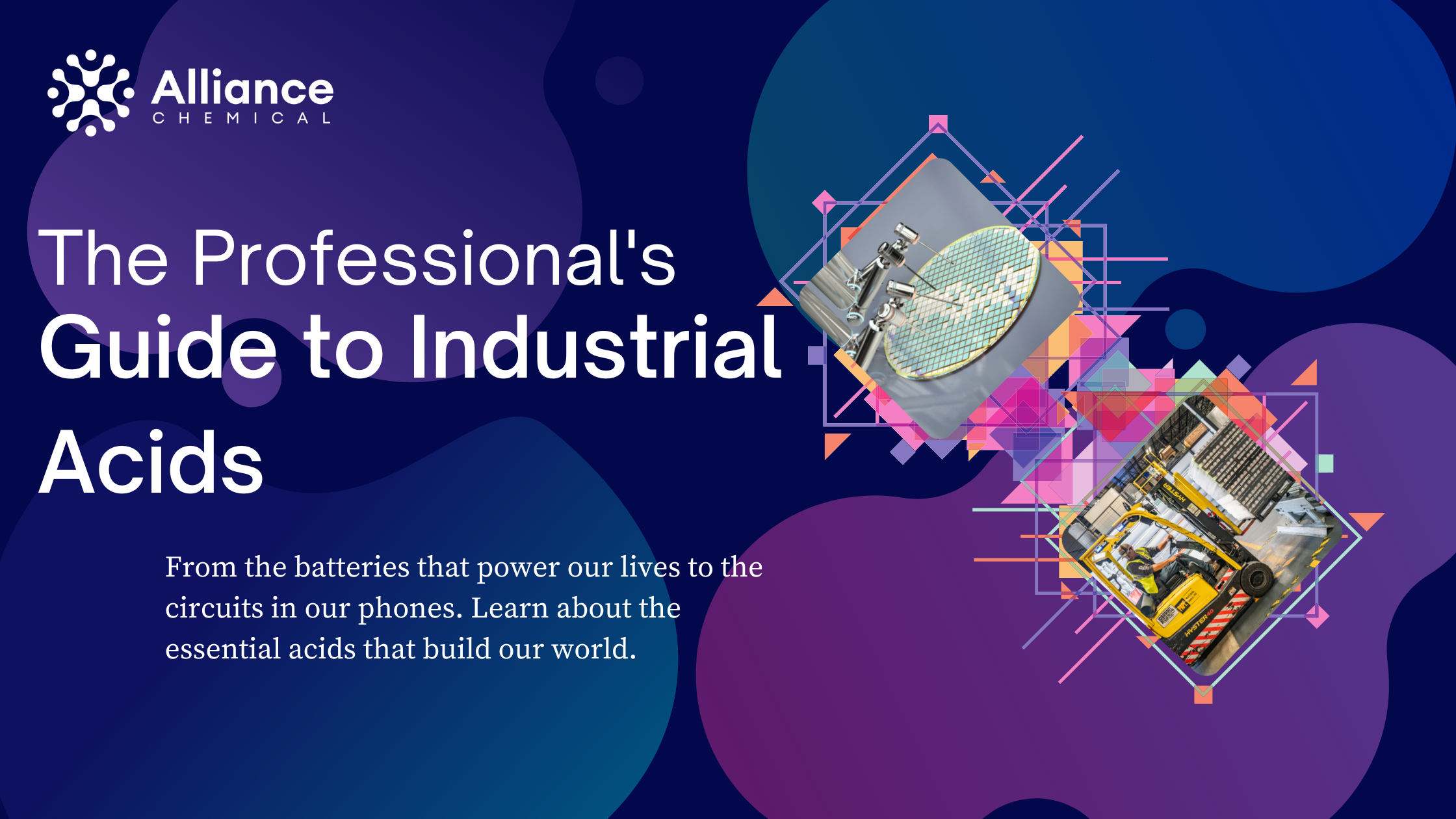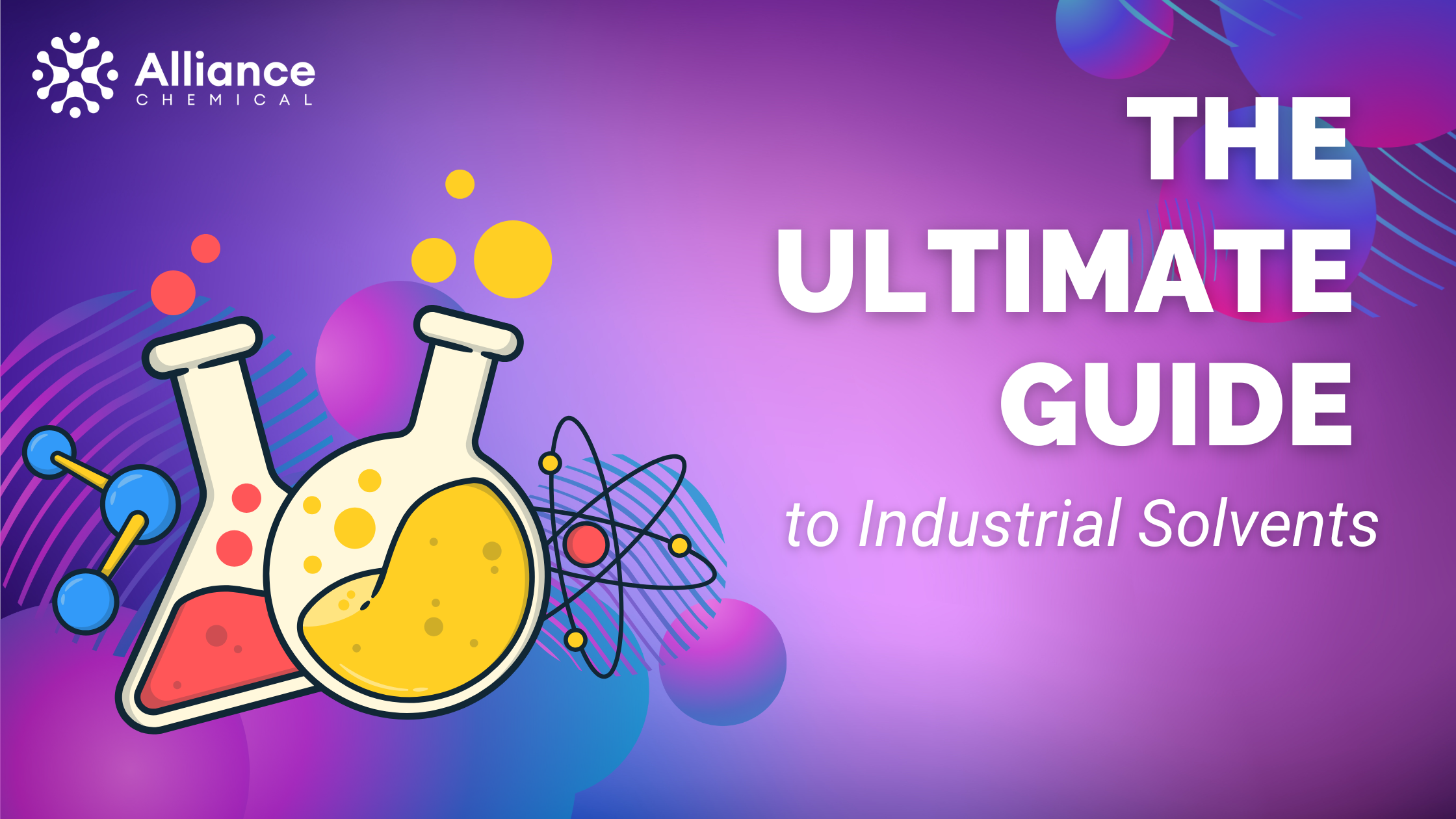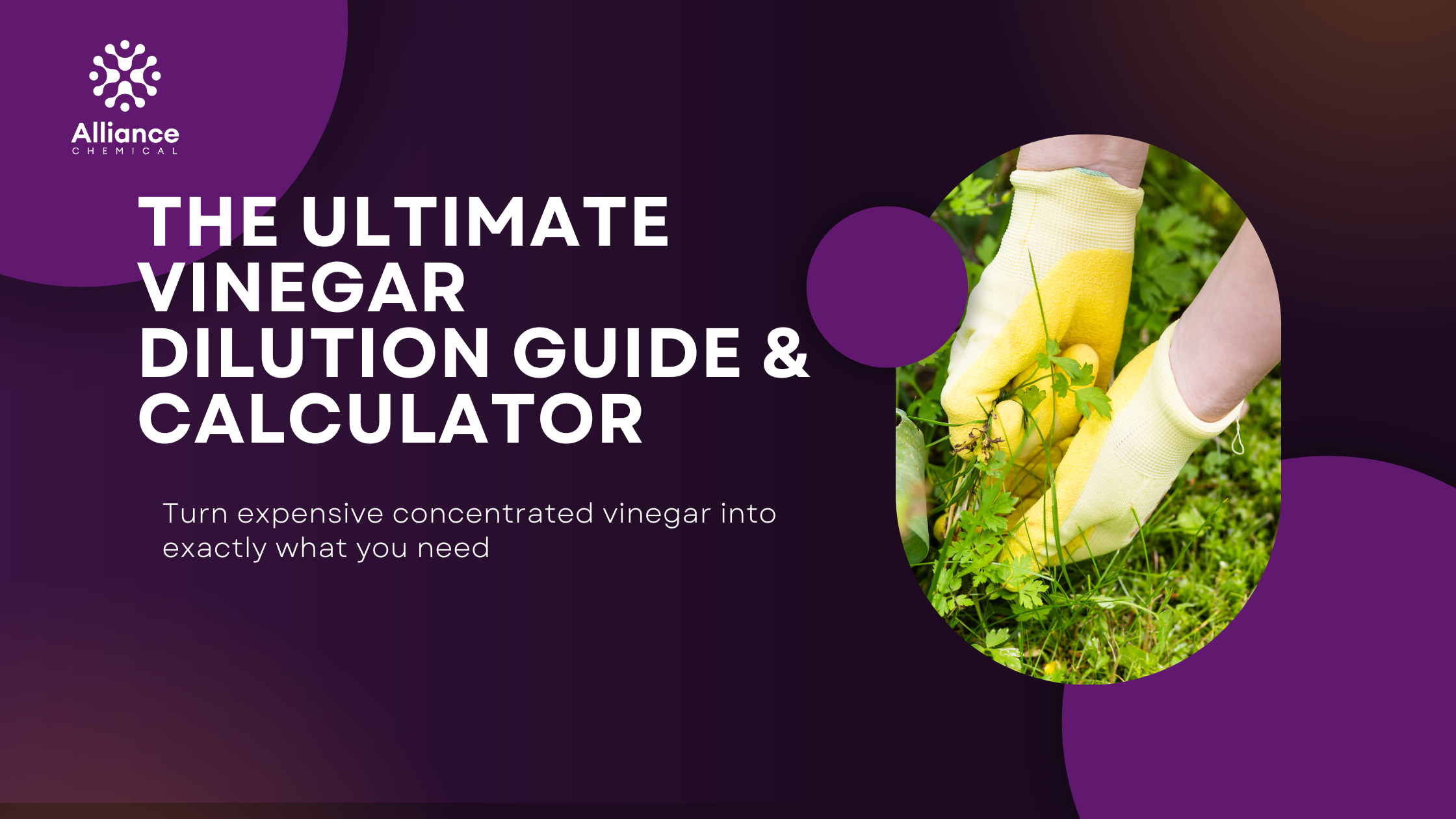
An In-depth Guide to Monoethanolamine (MEA)
Summary
In the landscape of industrial chemistry, few compounds offer the sheer functional versatility of Monoethanolamine (MEA). As a primary amino alcohol, MEA is a cornerstone chemical, essential for processes ranging from large-scale gas purification and carbon capture to the formulation of high-performance surfactants and cosmetics. This definitive guide provides a technical deep-dive into the chemistry, critical applications, and operational considerations of MEA, equipping industry professionals with the knowledge to harness its full potential.
The Chemical Architecture of a Multifunctional Molecule
Monoethanolamine (C₂H₇NO), also known as 2-aminoethanol, is the simplest of the ethanolamines. Its immense utility stems from its unique bifunctional structure, which incorporates both a primary amine group (-NH₂) and a primary alcohol group (-OH). This "dual personality" dictates its behavior and applications:
- The amine group gives MEA its basic (alkaline) properties, allowing it to readily react with and neutralize acidic compounds.
- The alcohol group makes it an effective solvent, contributes to its hygroscopic nature (ability to attract water), and provides a site for further chemical reactions like esterification.
This structure makes MEA a viscous, colorless liquid with a mild, ammonia-like odor. It is completely miscible with water and many organic solvents.
The Cornerstone Application: Acid Gas Scrubbing and Carbon Capture
The single largest global use for Monoethanolamine (MEA) is in "gas sweetening." This process involves removing acidic gases, primarily hydrogen sulfide (H₂S) and carbon dioxide (CO₂), from sour gas streams in natural gas processing and petroleum refining.
The Chemistry of Reversible Absorption
MEA is a highly effective chemical absorbent for this task. The process occurs in two stages in a continuous loop:
- Absorption (Scrubbing): The sour gas stream is passed through a solution of MEA. The basic amine group of the MEA selectively and rapidly reacts with the acidic gases, forming a stable, water-soluble salt (a carbamate in the case of CO₂). This effectively "scrubs" the acids from the main gas stream, leaving a "sweet" gas. The simplified reaction with CO₂ is:
2 RNH₂ + CO₂ ⇌ RNH₃⁺ + RNHCOO⁻
- Regeneration (Stripping): The "rich" MEA solution, now loaded with the acid gases, is pumped to a regenerator tower and heated with steam. The heat reverses the chemical reaction, releasing the high-purity CO₂ and H₂S, and regenerating the "lean" MEA solution, which is then cooled and recycled back to the absorption tower.
This same principle makes MEA a leading candidate for post-combustion carbon capture from the flue gas of power plants and other industrial facilities, playing a vital role in efforts to mitigate greenhouse gas emissions.
MEA as a Versatile Formulating Agent
Beyond gas treatment, MEA's dual functionality makes it an essential ingredient in a vast array of formulated products, from industrial cleaners to personal care items.
Surfactants and Emulsifiers
MEA reacts with fatty acids (like oleic or stearic acid) in a neutralization reaction to form ethanolamine soaps. These soaps are powerful surfactants and emulsifiers. Each molecule has a water-loving (hydrophilic) head and an oil-loving (lipophilic) tail, allowing them to bridge the gap between oil and water. This property is critical for:
- Industrial Cleaners & Degreasers: Emulsifying and lifting away oils and greases from metal or concrete surfaces.
- Cosmetics & Personal Care: Creating stable emulsions in creams and lotions, preventing them from separating. It also acts as a pH adjuster and foam booster in shampoos and soaps.
Corrosion Inhibition and Metalworking Fluids
In aqueous systems, MEA's alkalinity helps to neutralize acidic components that can cause corrosion. It can also form a protective molecular film on metal surfaces. For this reason, it is a common additive in metalworking fluids and coolants, where it helps to protect both the machinery and the workpiece from rust and corrosion.
Buyer's Guide: Understanding MEA Grades and Family
While standard MEA is suitable for most tasks, understanding its family of related compounds is key for formulation chemists and engineers.
| Compound | Key Characteristics | Primary Advantage | Typical Use Case |
|---|---|---|---|
| Monoethanolamine (MEA) | Primary Amine. Most reactive, highest basicity, lowest molecular weight. | Highest absorption capacity for acid gases per mole. Strongest base. | Bulk CO₂/H₂S removal, strong alkaline cleaners. |
| Diethanolamine (DEA) | Secondary Amine. Less reactive and less corrosive than MEA. | Lower energy requirement for regeneration in some gas treating applications. | Refinery gas treating, surfactant production, corrosion inhibitors. |
| Triethanolamine (TEA) | Tertiary Amine. Mildest base, lowest reactivity, oily texture. | Excellent emulsifier and pH buffer. Much gentler on skin. | Cosmetics, personal care (lotions, creams), cement grinding aids. |
Other Industrial Applications
The utility of MEA extends into numerous other sectors:
- Pharmaceuticals: Used as a pH buffer and in the synthesis of some active pharmaceutical ingredients (APIs).
- Wood Treatment: Used in certain formulations to help preservatives penetrate deep into the wood.
- Textiles: Acts as a dispersing agent for dyes and a softening agent in fabric finishing.
- Agriculture: Used as a neutralizer in the formulation of some herbicides and pesticides.
Critical Safety & Handling Protocols for MEA
Monoethanolamine is a corrosive substance that can cause severe skin burns and eye damage. Its vapors can also be irritating to the respiratory system. Strict adherence to safety protocols is essential.
- Personal Protective Equipment (PPE): Always wear chemical-resistant gloves (butyl rubber, neoprene), splash-proof safety goggles, and a full-face shield when handling concentrated MEA.
- Ventilation: Ensure all handling and mixing is performed in a well-ventilated area, preferably under a fume hood or with local exhaust ventilation (LEV).
- Storage: Store in a cool, dry, well-ventilated area in tightly sealed, corrosion-resistant containers. Keep away from strong acids and oxidizing agents.
- First Aid: In case of skin or eye contact, immediately flush with copious amounts of water for at least 15-20 minutes and seek prompt medical attention. Do not attempt to neutralize with acid.
